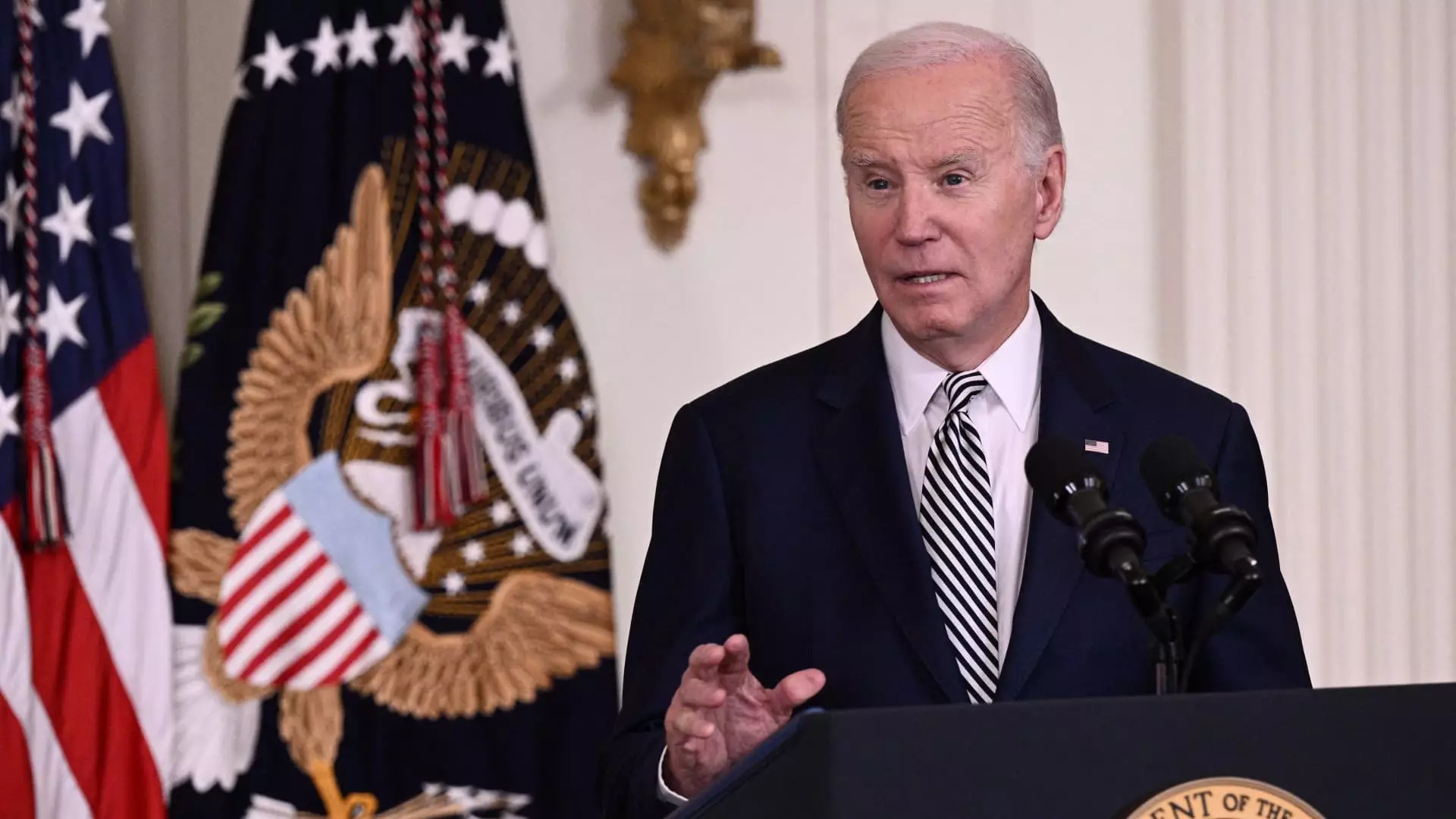Artificial intelligence has rapidly emerged as a pivotal driver of economic growth and national security in the 21st century. As a testament to this glaring reality, the U.S. government recently announced new regulations aimed at curbing the export of advanced AI technologies and chips, a move that underscores escalating geopolitical tensions, particularly with China. In this article, we delve into the implications of these restrictions and their potential to reshape the global tech landscape.
In a strategic maneuver during the final days of the Biden administration, the U.S. has opted to impose stringent limits on the export of AI chips to various nations while effectively creating a tiered system that favors its closest allies. The outlined regulations mark a significant shift in how America perceives its role in AI technology and its responsibility for safeguarding it against ostensibly rival nations.
At the heart of the regulations is the restriction on the number of advanced graphics processing units (GPUs) that can leave the United States, especially concerning nations identified as threats, such as China, Russia, Iran, and North Korea. This encapsulates a broader effort to stymie any potential military enhancements that could arise from advanced AI applications. U.S. Commerce Secretary Gina Raimondo articulated the necessity of maintaining American leadership in AI development and design, emphasizing the competitive stakes involved.
One of the most striking aspects of the new regulations is the creation of a three-tiered system that delineates how different countries will interact with U.S. AI technology. Countries such as Japan, Britain, South Korea, and the Netherlands, which align with U.S. interests, are granted exemptions from most restrictions, providing them access to advanced AI technologies. In stark contrast, around 120 nations, including Singapore and Israel, will experience constrained access, while embargoed states face outright bans.
This classification effectively reinforces alliances and showcases the U.S. intent to strengthen collaborations within a defined circle while isolating adversarial states from critical technological advancements. Such a strategy not only fortifies U.S. influence but also aims to prevent the emergence of competitive AI capabilities in regions deemed hostile. The geopolitical ramifications of this divide are extensive, as nations may feel pressured to align more closely with U.S. interests or risk being sidelined in the fast-evolving AI domain.
The reaction from major industry stakeholders has been predictably mixed. Tech giants such as Nvidia and Oracle have voiced strong criticism, suggesting that the regulations could inadvertently stifle innovation and cede market share to competing firms, particularly in China. Nvidia described the regulations as “sweeping overreach,” indicating a fear that such limitations could hinder broader technological advancements that are already commonplace in sectors like gaming and consumer hardware.
Concerns persist over how these restrictions might impact U.S. position globally. With powerful service providers such as Microsoft and Amazon poised to seek exemptions for building data centers, worries abound about the long-term effects on the AI industry’s competitive landscape. The regulations maintain a delicate balance between security and innovation, a tightrope that both the government and the industry must walk carefully.
While the primary aim of these regulations is to bolster national security and protect sensitive technologies from adversaries, the impact of such measures extends beyond economics and security. The ethical consequences of limiting AI technology transfer raise complex questions about access to innovation in developing countries, where AI holds promise for enhancing healthcare, education, and economic opportunities.
Furthermore, U.S. National Security Adviser Jake Sullivan highlights a grim reality: the rapid increase in AI capabilities poses both opportunities and threats. As AI continues to evolve, it becomes a double-edged sword that could be utilized for beneficial advancements or potentially disastrous applications, including surveillance and cyber warfare. The challenge lies in finding a way to foster innovation while simultaneously minimizing risks associated with misuse.
The new U.S. export regulations on AI technologies signal a significant recalibration of global strategic dynamics. The emphasis on safeguarding advanced AI and chip technology becomes increasingly vital as nations navigate the complex interplay between competition and collaboration. As the world grapples with the implications of these fresh policies, it remains to be seen how countries will realign their technological imperatives, and what consequences that will bear for the future of international relations and economic development.
The unfolding scenario exemplifies not just the technical arenas of AI, but their role as instruments of power and influence in a rapidly transforming geopolitical landscape. The world now watches closely as the U.S. steps into this new chapter of technological governance, where decisions made today will irrevocably shape the economic, ethical, and strategic frameworks of tomorrow.


Leave a Reply